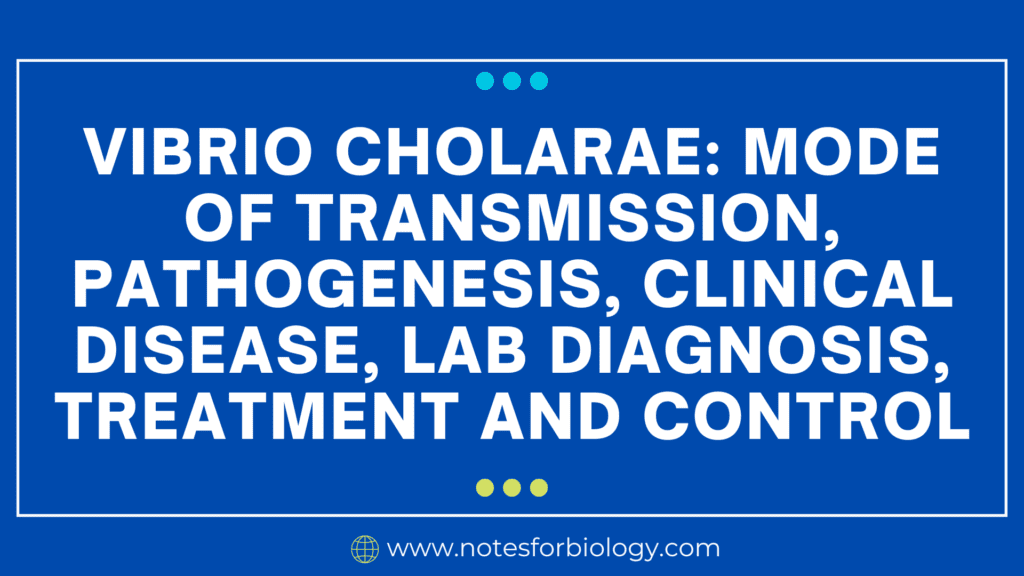Butzler campylobacter medium: composition, preparation and uses
Butzler Campylobacter The selective culture medium known as Butzler Campylobacter medium is mostly used to isolate specific strains of Campylobacter, including Campylobacter jejuni and Campylobacter coli, which are frequently responsible for foodborne infections in people. Professor Jean-Paul Butzler, a Belgian microbiologist who made important contributions to the study of Campylobacter, is honored by the medium’s […]
Butzler campylobacter medium: composition, preparation and uses Read More »










